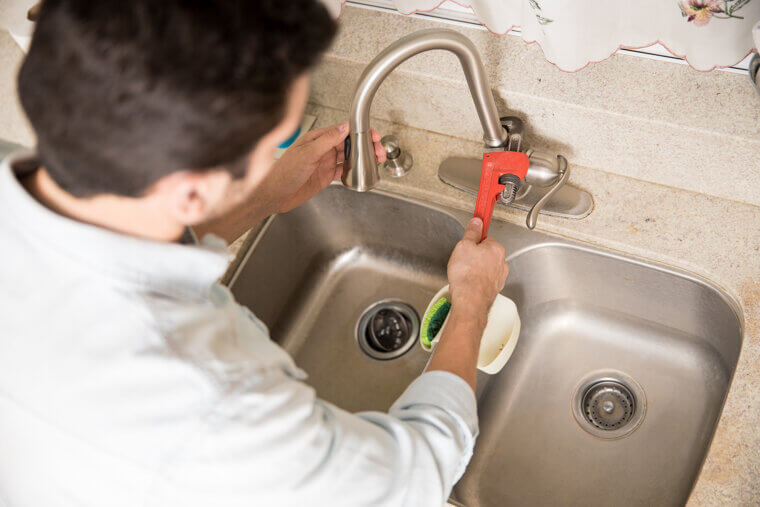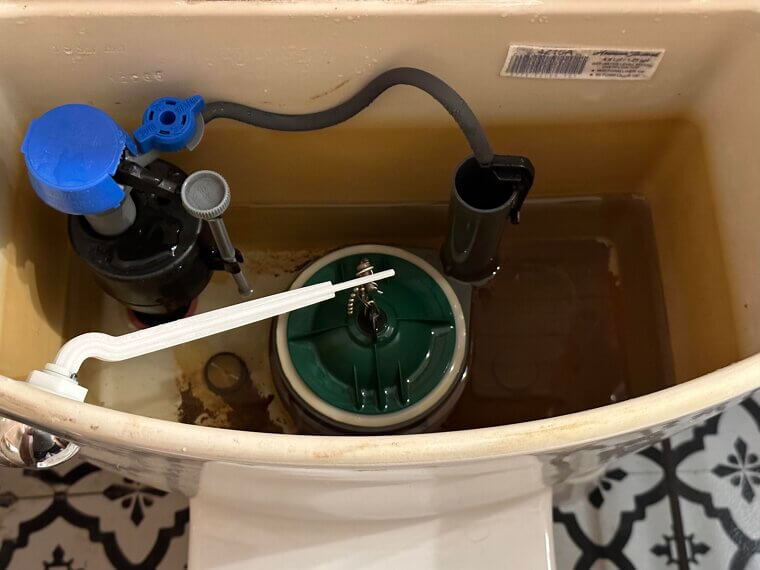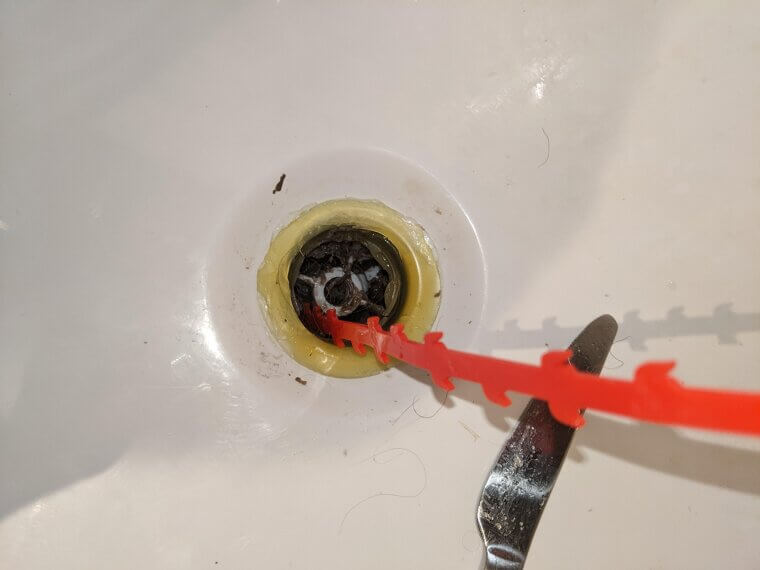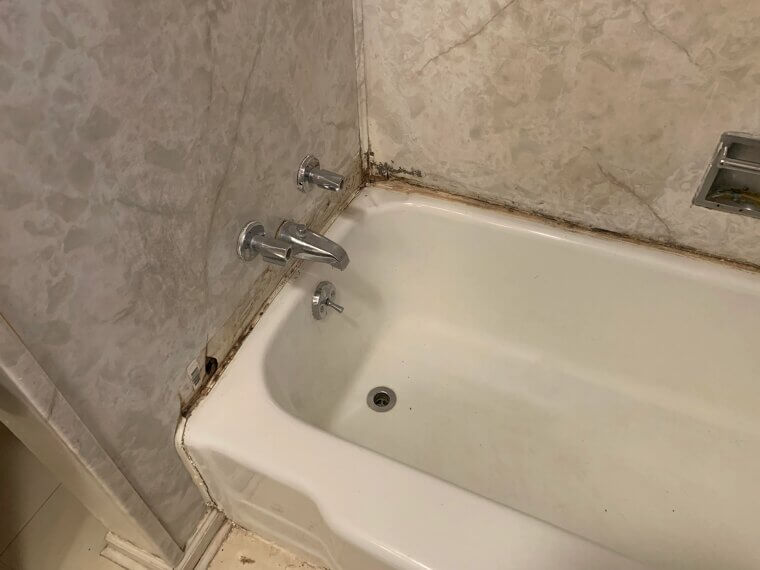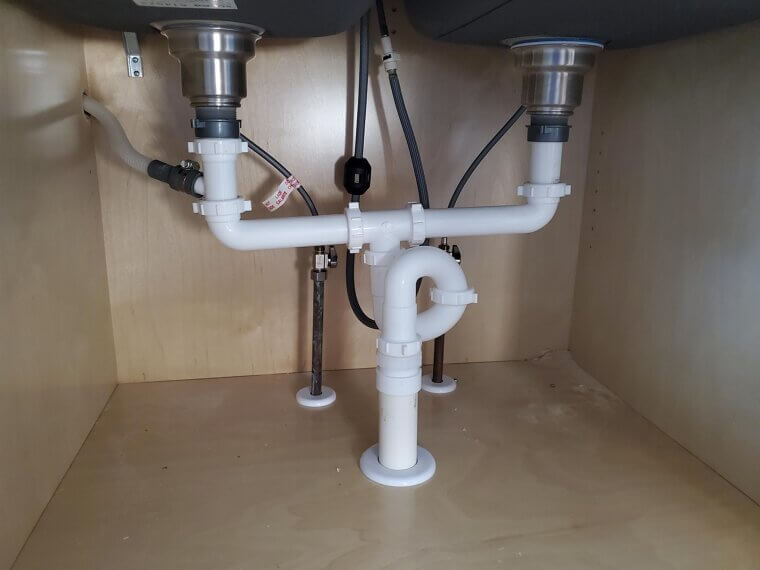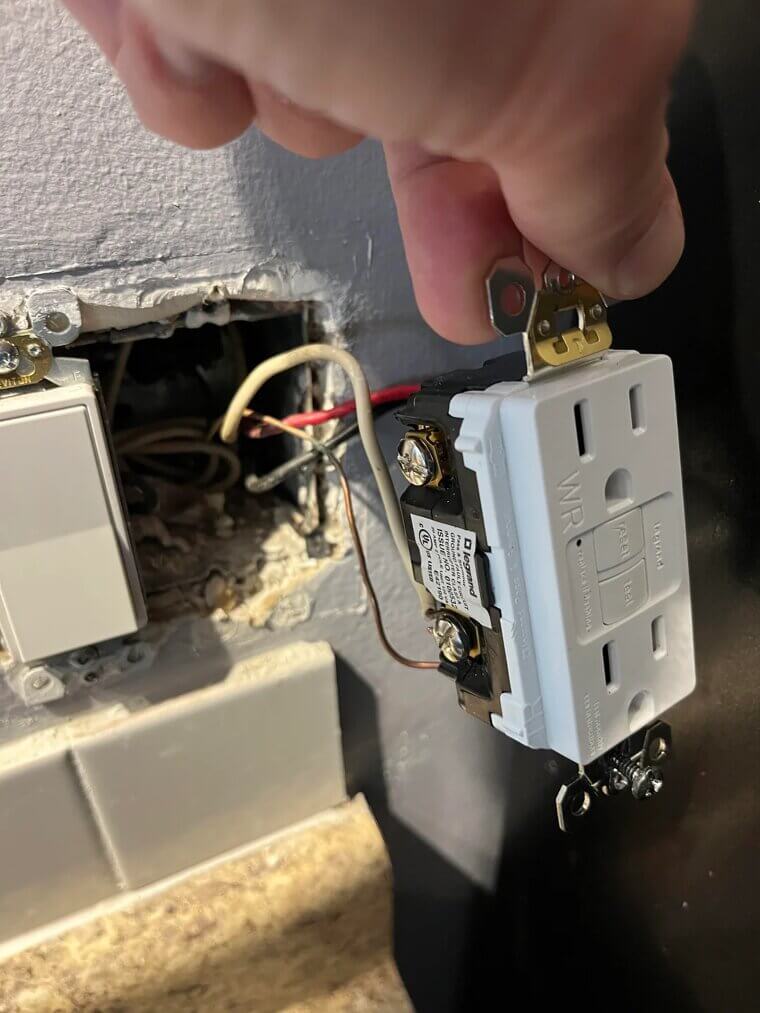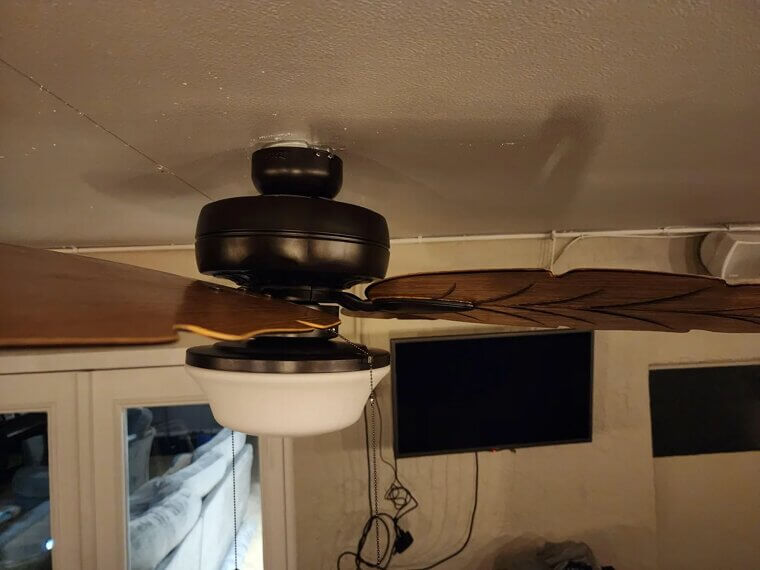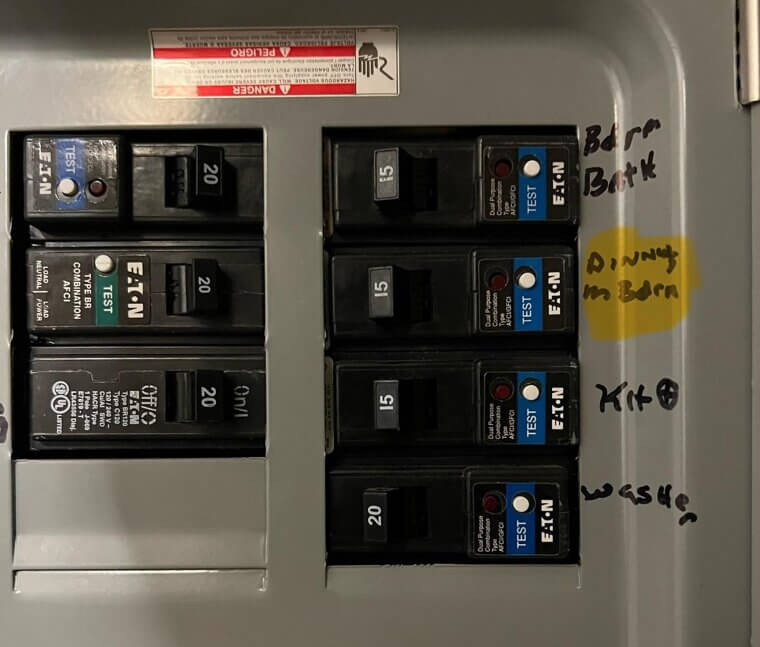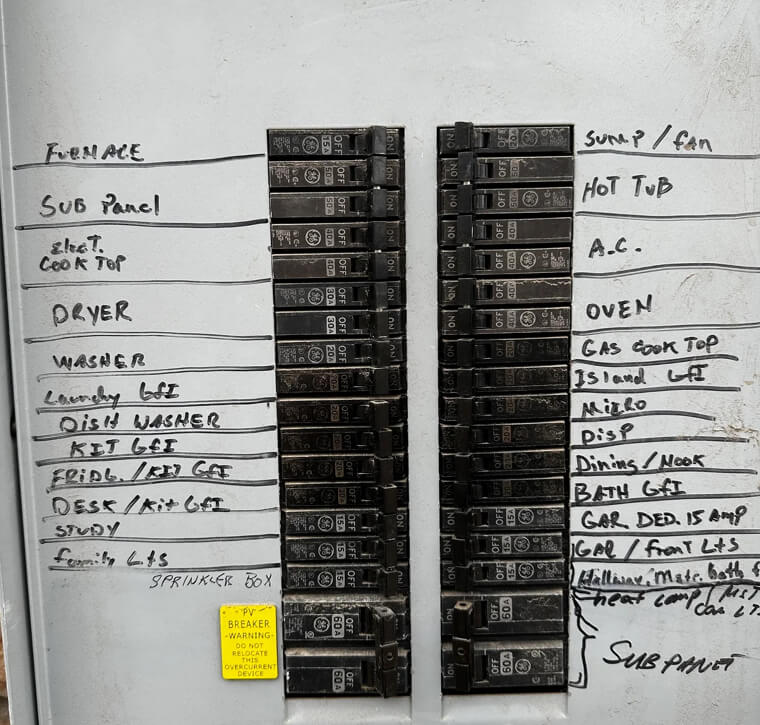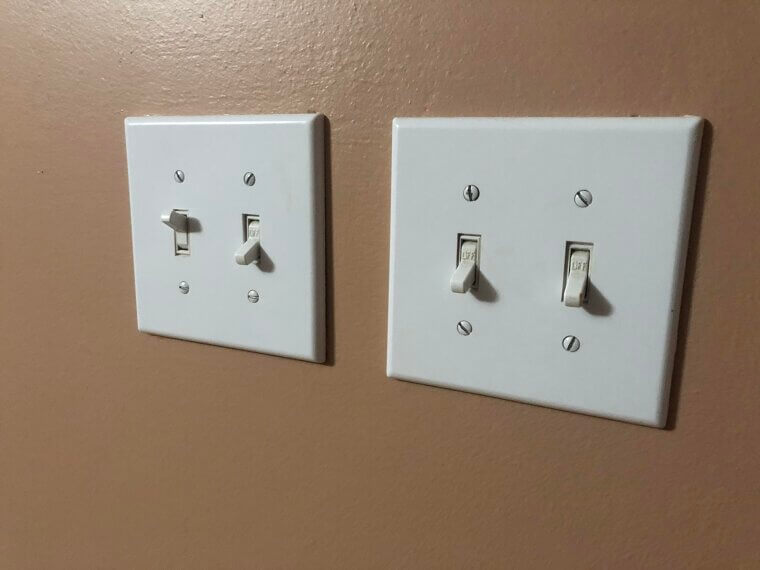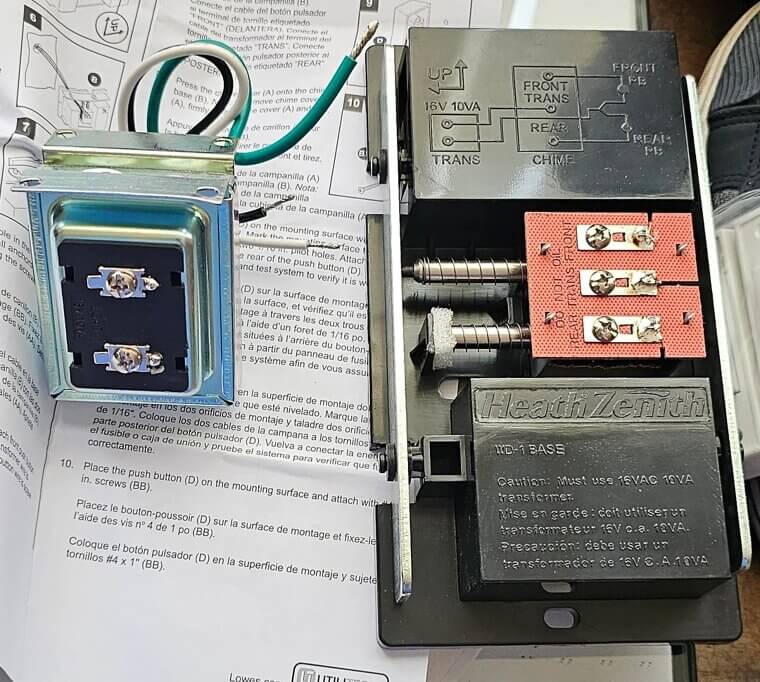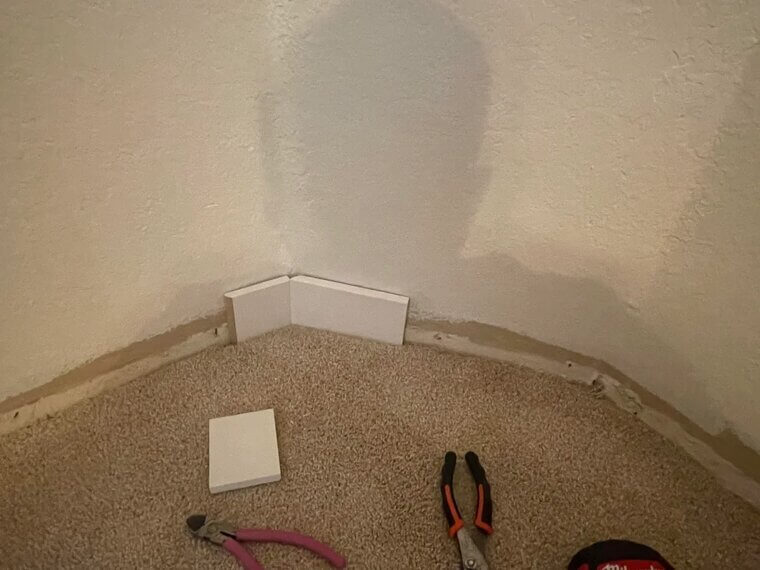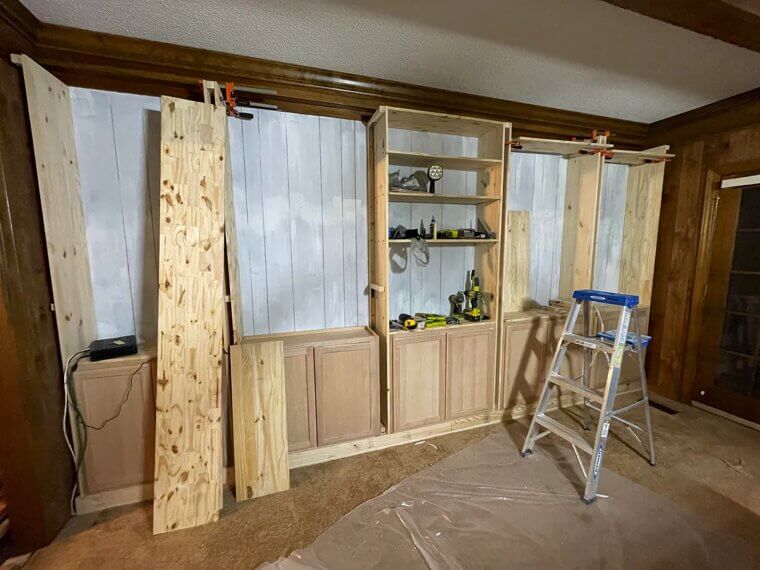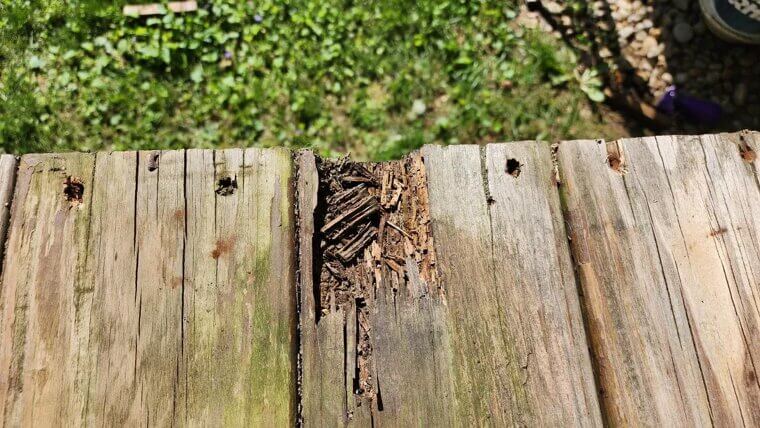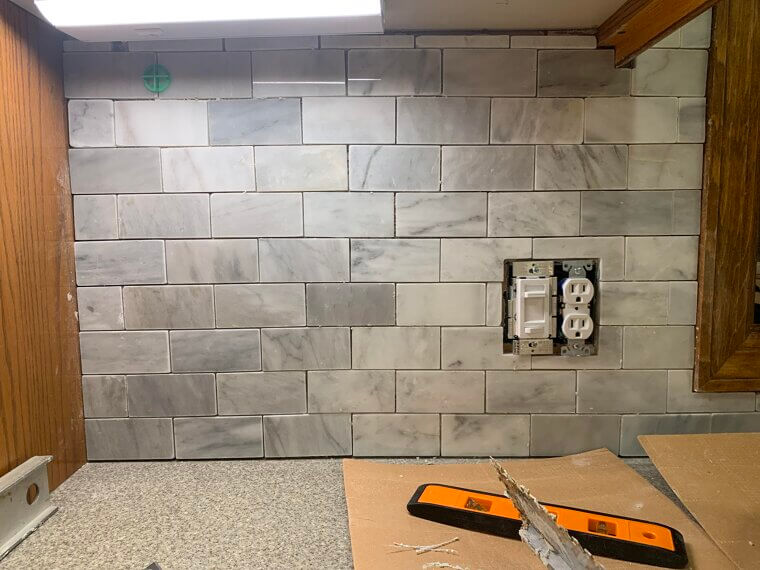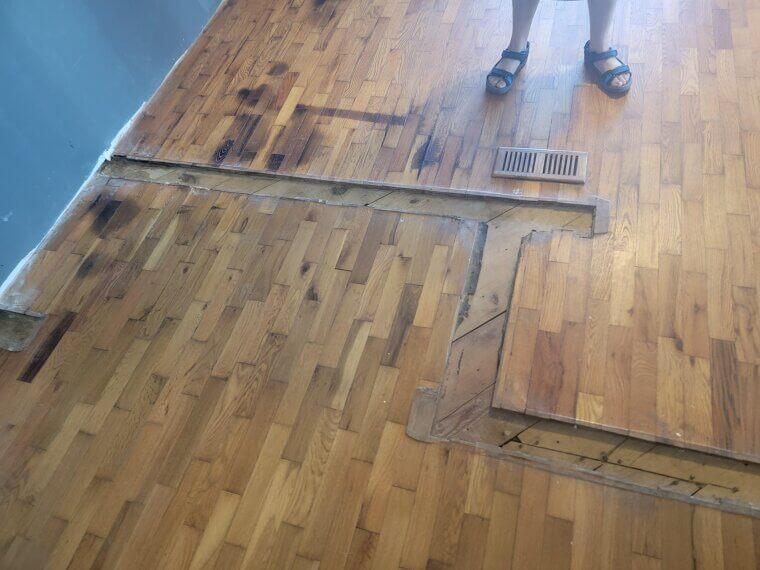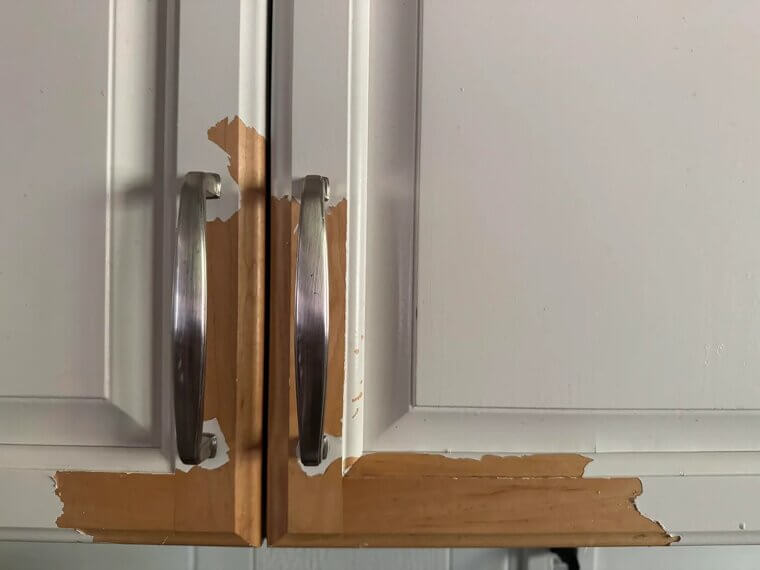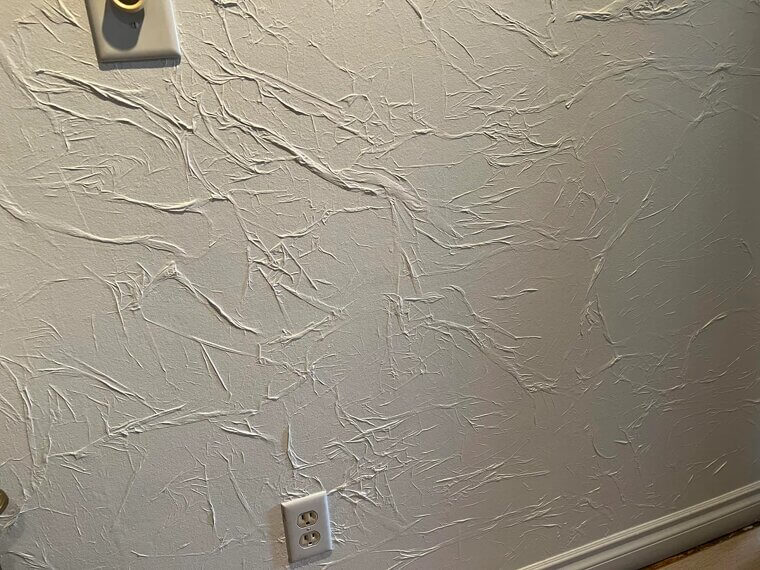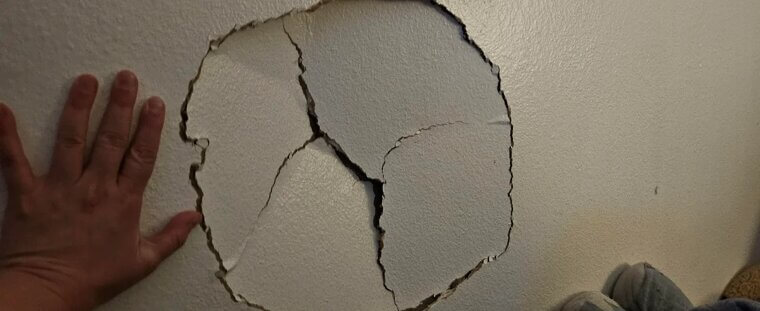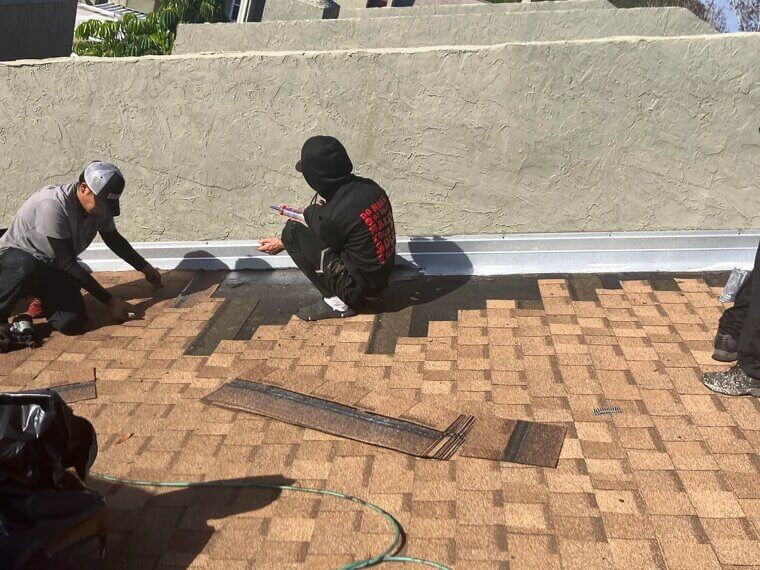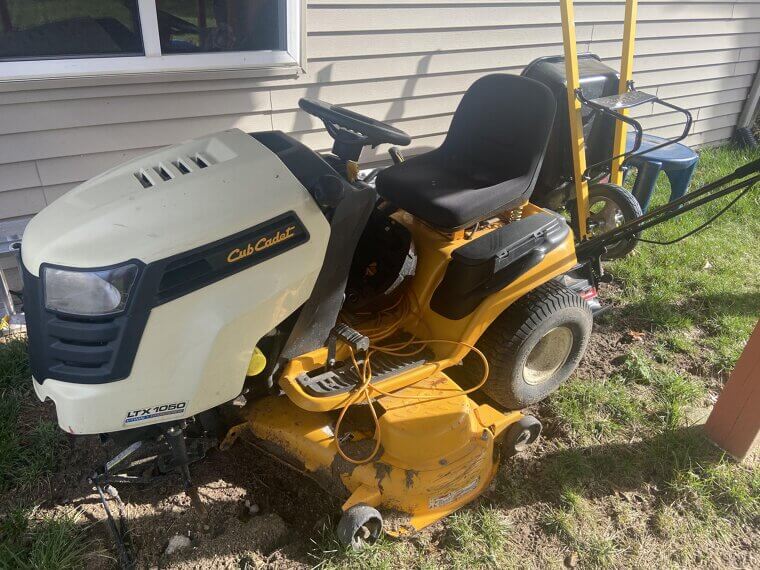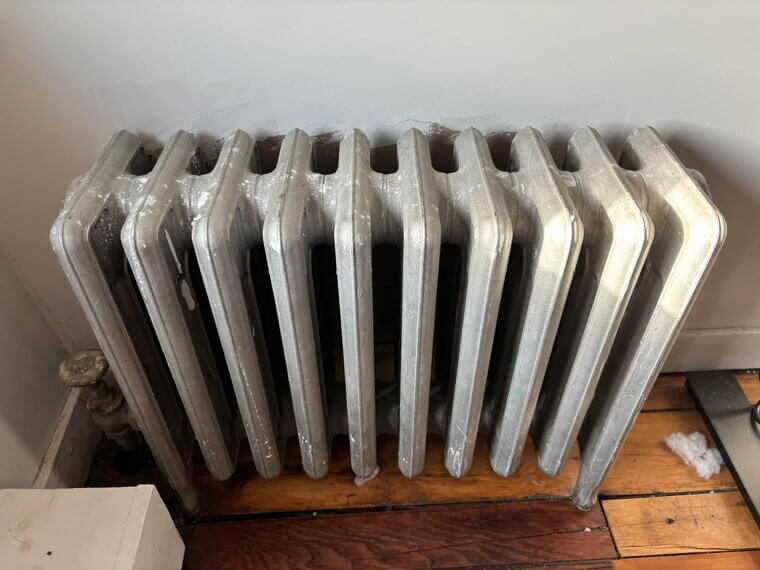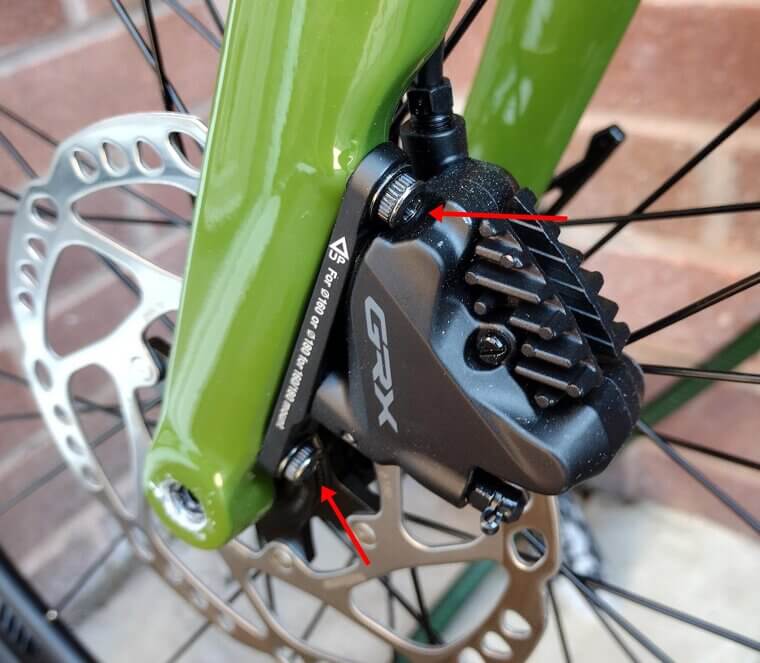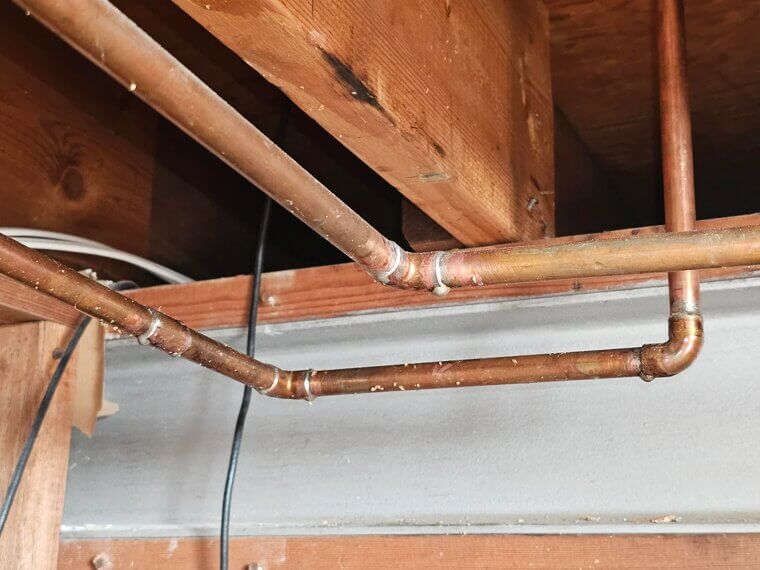Fixing a Leaking Faucet
This is the DIY equivalent of tying a shoe. If you still have drips after replacing the cartridge or o-rings, unfortunately, the leak isn't the problem… It’s your skill level. And that continuous drip is just the water’s way of laughing at you.
Replacing a Toilet Flapper or Fill Valve
Any novice can swap parts, but the true test is the phantom flush. That phantom flush every 20 minutes is an incorrectly adjusted fill valve haunting your bathroom, wasting gallons while you sleep. Yeah, you’ve just installed a highly annoying, water-wasting poltergeist.
Clearing a Clogged Drain Using a Drain Snake
We are looking for finesse, not fury. The amateur just rams the snake down, making a tiny, temporary hole. The pro knows how to retrieve the disgusting hairball and the lost wedding ring. If your drain clogs again within three days, you'll know which one you are.
Wait until you see how amateurs replace a shut-off valve…
Wait until you see how amateurs replace a shut-off valve…
Replacing a Shut-Off Valve or Supply Line
Did you actually shut off the main water first? The beginner learns this lesson in a biblical torrent of basement flooding. The ultimate tell, however, is the weeping compression fitting. If it drips days later, you've failed the most basic physics test of plumbing: ensuring two smooth surfaces touch correctly without brute force.
Re-Grouting and Resealing a Shower or Tub
The seal job is the dead giveaway. A clean, smooth bead of caulk that actually holds water is the sign of a craftsman. On the other hand, if it looks like a kindergartner squeezed toothpaste and it dried prematurely, congratulations, you've created a guaranteed mold farm.
Installing a New Showerhead or Diverter
This job is supposed to take ten minutes and a roll of Teflon tape. If you’ve resorted to a monkey wrench and a prayer, and the thing still spins, you’re either cross-threading or not understanding basic directional seals. Oh, and you also get bonus points for busting the wall behind it.
The P-Trap test separates the 'helpful' from the 'hazard.'
The P-Trap test separates the 'helpful' from the 'hazard.'
Replacing a P-Trap Under a Sink
The P-trap is where basic measurement skills go to die. If the connection isn't perfectly aligned, you’ll discover that pipe dope and sheer willpower don’t compensate for half an inch of misalignment. You, sir, have officially created a drip, not a drain.
Fixing Low Water Pressure Issues Correctly
The true DIY expert immediately checks the aerators and the main pressure regulator. The novice? They think their water company hates them and proceeds to rip out perfect pipes. If your fix involves a lot of shouting and no gauge, you’re not fixing anything.
Replacing a Standard Electrical Outlet
The wires need to be neatly attached and terminal screws tightened to a specific torque (not just crammed in). If the wires are showing or the ground wire isn't secured, you’ve installed an instant fire hazard. Don't worry, though, the smoke detector will let you know.
Are amateurs a fire hazard or simply inexperienced with wiring?
Are amateurs a fire hazard or simply inexperienced with wiring?
Installing a GFCI Outlet
The amateur confuses the 'line' and 'load' terminals and spends an hour wondering why the entire bathroom circuit suddenly died. This job tests the ability to read a tiny diagram, and the failure to trip during testing confirms they skipped the most critical step.
Installing a Ceiling Fan
The pro knows about bracing, balance, and wire nuts. The amateur installs the fan directly into the drywall, creating a perpetually wobbling death blade with wiring that hums like an angry hive. If it swings like a drunken windmill, it's coming down eventually.
Diagnosing a Tripping Breaker
This requires methodical, logical troubleshooting (unplugging devices and isolating the issue). The hack's solution is to repeatedly flip the breaker back on until it melts, thus escalating a minor short circuit into a complete panel replacement. Stop thinking it’s a fluke.
The breaker panel labeling is the final exam in "Do I Hire a Professional?"
The breaker panel labeling is the final exam in "Do I Hire a Professional?"
Labeling and Organizing Electrical Breakers
This is less about skill and more about having basic organizational maturity. Panel labels written in crayon, or worse, simply labelled "Upstairs" and "Downstairs," are the biggest signal that you have no respect for future homeowners or emergencies, and are, in fact, an amateur.
Replacing Light Switches Properly
A toggle switch should be quiet and firm, not loose, humming, or hot to the touch. The failure to utilize the entire terminal, opting instead for a sketchy backstab connection, is the silent scream of an impending electrical failure. Stop using the stab holes!
Installing Low-Voltage Doorbell or Thermostat Wiring
The true test is keeping the wires neat, protected, and concealed. Someone who doesn’t know their stuff will treat low-voltage as 'safe to screw up,' resulting in exposed, ugly wire runs that look like a spider web and a doorbell that sounds less like a chime and more like an electrical moan.
Your installation skills are revealed the moment that door swings open… or doesn't.
Your installation skills are revealed the moment that door swings open… or doesn't.
Hanging and Aligning an Interior Door
Doors must be plumb, level, and square; a trifecta of geometric perfection. A door slowly swinging open or closing on its own means your hinge mortises were cut poorly. It also signals that you don't know the difference between 'pretty good' and 'actually functional.'
Installing Baseboard or Crown Molding
The 45-degree corner miter is the hill DIY dreams go to die on. If your joints have gaps large enough to store spare change, or you drowned the whole thing in caulk, you've instantly proven you don't own a square or understand basic trigonometry.
Building or Framing a Stud Wall or Built-In Shelf
The pro snaps perfectly parallel lines. The amateur frames a wall that bows like a drunken sailor and then tries to hide the chaos with five pounds of shims. If your shelves are not level, they aren't built-in; they're just precariously leaning.
What’s the difference between a deck and a hazard? A proper fastener.
What’s the difference between a deck and a hazard? A proper fastener.
Replacing Damaged Decking Boards With Proper Fasteners
It’s not just about the board; it’s about the substructure. The rookie will ignore the rotten joist and simply screw down a new board using whatever drywall screws they have handy. A professional knows the specific fastener required to avoid rust and instant failure.
Installing a Prehung Exterior Door
This is a masterclass in shimming and insulating. Finish this job with a frame that isn't perfectly square, and you've built a doorway that invites drafts, pests, and the subtle warping of the jamb. Daylight visible around the edges? That's a failed seal test.
Building and Anchoring a Small Deck
Did you set the footings below the frost line, or just on a patio block? The deck must be attached to the house with proper lag bolts and flashing, not just deck screws. And if you don't understand uplift ratings, you're just building a future catapult.
The secrets to laying a perfect tile backsplash are not what you think.
The secrets to laying a perfect tile backsplash are not what you think.
Laying a Tile Backsplash With Even Grout Joints
The tile spacing test separates the meticulous from the "eh, close enough" crowd. Those tiny plastic spacers mean nothing when grout lines wander like drunk drivers across your wall. But the real tell is the ragged cuts that look chewed rather than scored, and tiles that refuse to align level with the counter.
Repairing or Patching a Hardwood Plank
The wood floor requires precise material matching, seamless feathering, and careful sanding. Someone who doesn’t know what they’re doing just slaps a mismatched piece of wood down, stains it poorly, and calls it 'rustic.' A good repair should disappear; a bad one is a permanent stain on your credibility.
Installing Laminate or Vinyl Plank Flooring
This project tests patience and measurement in equal measure. Joints need to lock clean and tight, with proper staggering to prevent seam failure. Large gaps between planks are sloppy, and installing over a dirty subfloor is even worse.
Painting is the easy part. The real work is in the prep and the cleanup.
Painting is the easy part. The real work is in the prep and the cleanup.
Replacing Broken Floor Tiles
The critical step is removing the old thin-set without damaging the subfloor or surrounding tiles. But even more than that, it is the installation. The slightest miscalculation will cause the new tile to sit higher than the old ones, creating a permanent tripping hazard that'll catch lots of toes.
Prepping and Painting Walls Cleanly
The true pro spends 90% of the time prepping, taping, and filling holes. The amateur slaps paint directly over dusty, damaged walls and calls it a job well done. Crisp edges separate the patient from the rushed, while wavy, bleeding lines that resemble a geological survey are the biggest indicator of an amateur.
Stripping and Refinishing Cabinetry or Furniture
This job tests patience. Did you properly strip and sand, or just apply a new coat of stain over the old finish? Dark, blotchy patches are the universe's way of exposing that gamble. The finish will start failing within six months, peeling and flaking as a lasting monument to the hours you refused to spend doing it right.
Texture work is great for separating the bold from the delusional.
Texture work is great for separating the bold from the delusional.
Creating a Clean Faux-Finish or Textured Wall
Texture is deceptively difficult to match or apply evenly. The beginner ends up with a chaotic, overly dramatic wall that looks like someone rage-splattered cottage cheese over it. Lumpy texture doesn't just look bad; it also instantly ages your room by two decades in the wrong direction.
Repairing a Large Drywall Hole Seamlessly
The trick here is that the patch must be secured to a stud or a piece of blocking. The pro will always apply mud in thin, multi-stage coats that feather out invisibly. The amateur, on the other hand, will likely apply one thick, sloppy layer, creating a noticeable, ugly hump.
Replacing Roof Shingles and Adding Proper Flashing
Roofing is the ultimate 'are you serious?' test. If you don't understand the shingle overlap, the drip edge, or the complex geometry of flashing around a vent, you haven't fixed the leak; you've just rerouted it into a more expensive location.
The final few tests are simple, but they reveal everything!
The final few tests are simple, but they reveal everything!
Servicing and Tuning a Lawn Mower
The basics aren't complicated: a clean spark plug, fresh oil, and a sharp blade. Yet the amateur just fills the tank with last year's varnished gas and yanks the pull cord repeatedly, mystified by the silence. That happens until… they snap the pull cord.
Bleeding a Radiator or Heating System
This requires understanding air bubbles and pressure. The amateur bleeds the radiator until water sprays everywhere, but leaves the air trapped in the system. The result is a cold, noisy radiator and a wasted weekend.
Adjusting or Repairing a Bicycle’s Gears or Brakes
The ultimate test of mechanical delicacy. Cable tension is everything: too loose, and the derailleur shifts three gears at once, too tight, and you're grinding metal on metal. The cruel irony is that amateur adjustments often leave the bike in a worse condition than before.
Do you actually measure anything?
Do you actually measure anything?
Measuring, Leveling, Fastening, and Cleaning Up Properly
This is the final report card. If your measurements are off, your work isn't level, your screws are stripped, and you left a pile of debris, you have failed the entire process. Cleanup is non-negotiable. Leaving a trail of mess is equal to leaving a trail of incompetence.
Soldering Copper Plumbing or Basic Electronics Joints
The solder must flow smoothly around the joint, making a strong bond. The beginner will usually apply far too much heat or solder, creating a cold, ugly, globular lump that leaks instantly. This reveals a fundamental misunderstanding of heat and flux.

